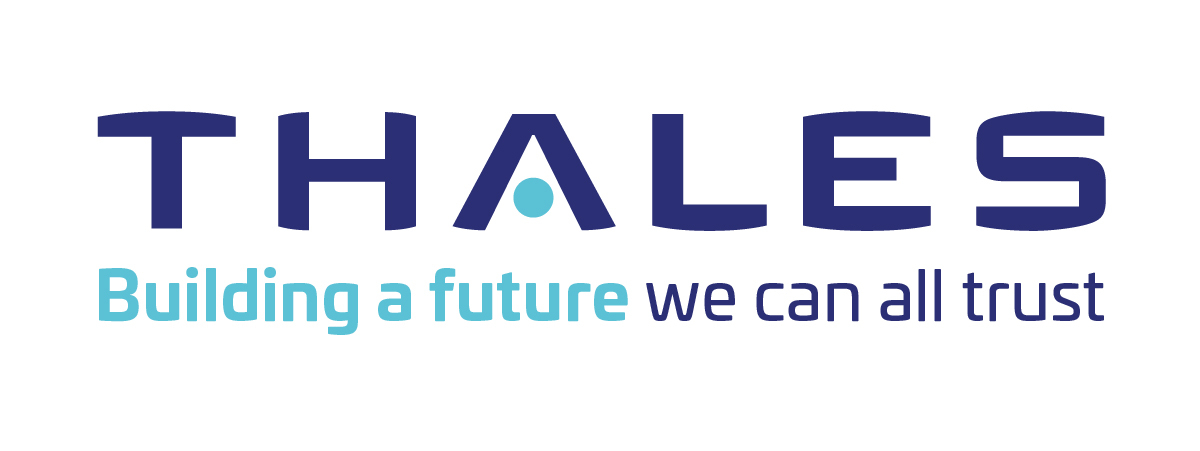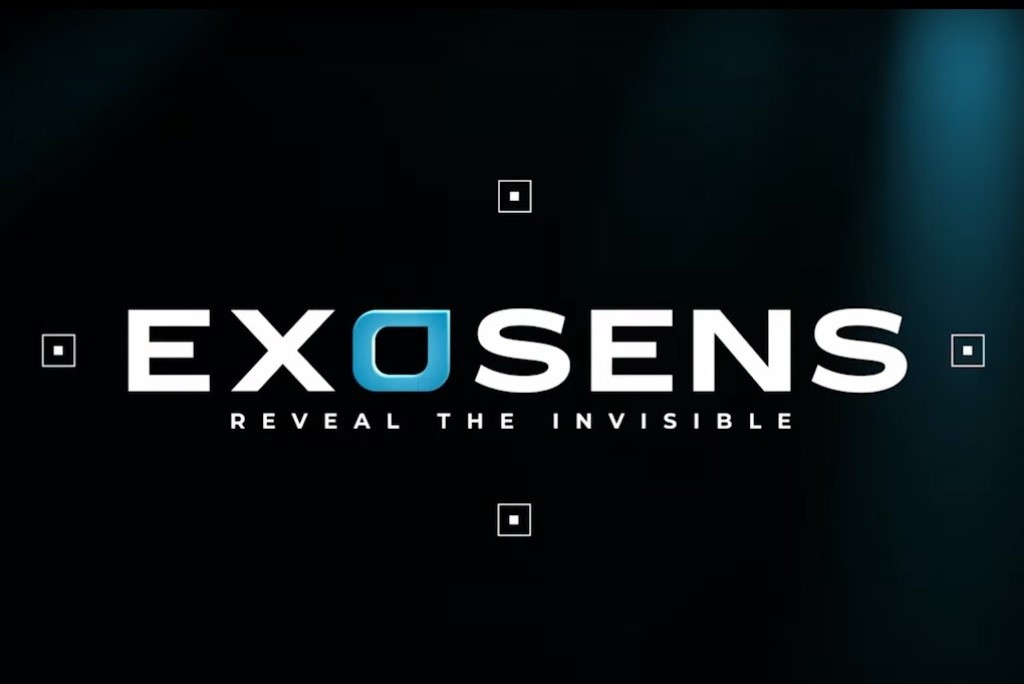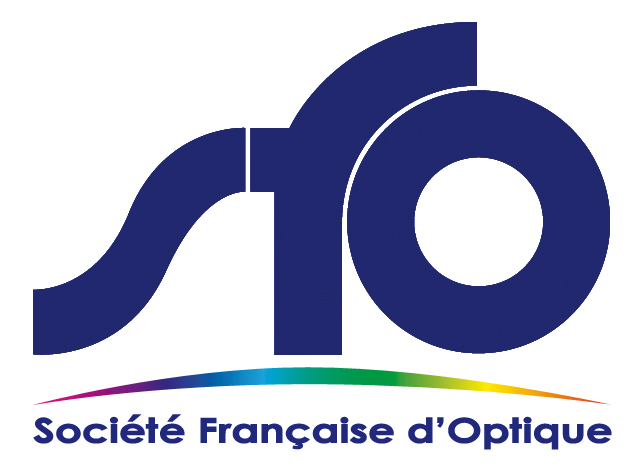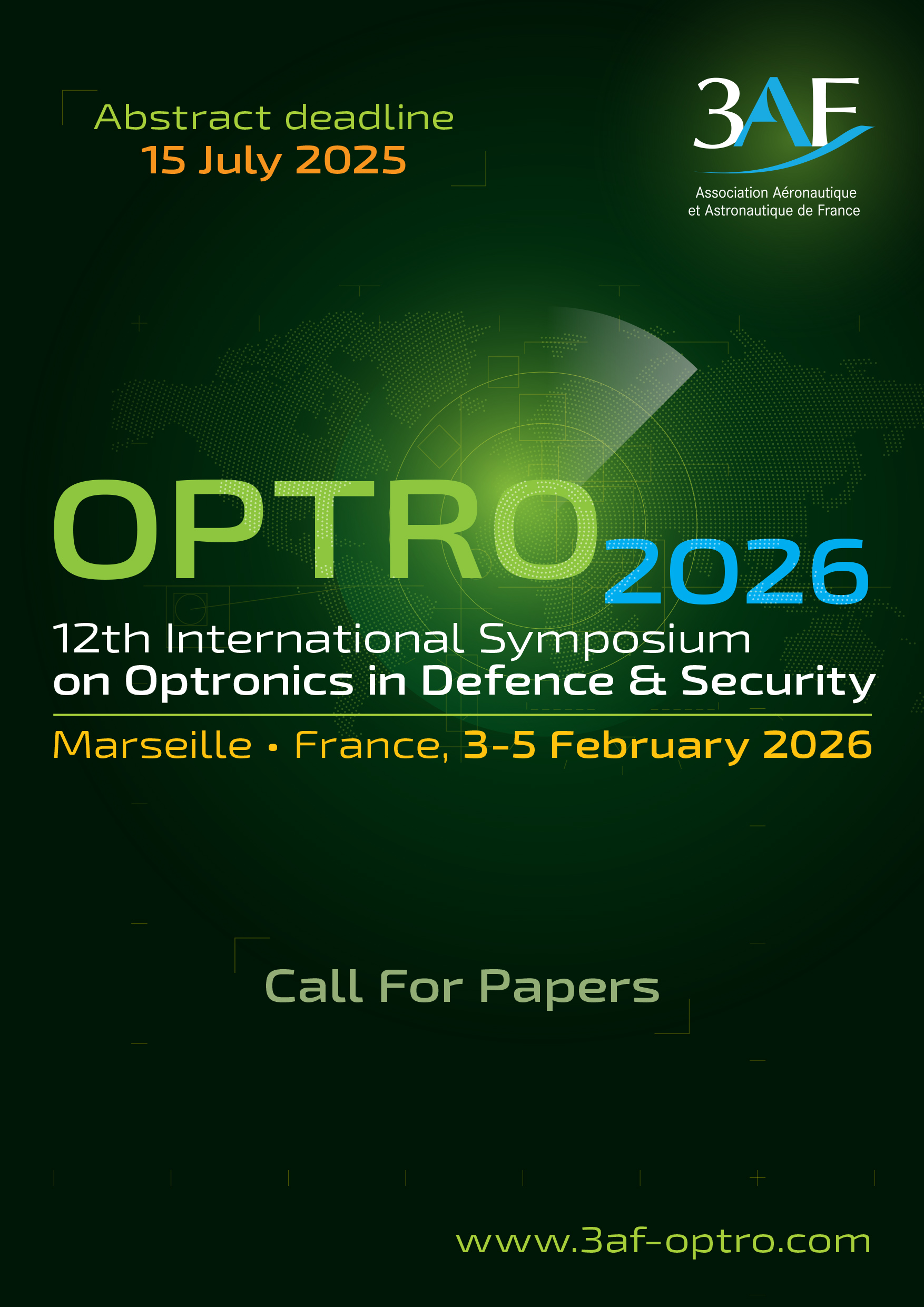Submit your abstract
Download the full Call For Papers
Original papers are solicited on the following critical areas of research and engineering. The selected contributors will be requested to submit a full paper to the Conference Secretariat. All accepted and presented papers will be published in the proceedings and distributed at the conference. PhD’s papers are particularly appreciated.
Create on online account and submit your abstract:
DETAILED LIST OF TOPICS TO BE ADRESSED FOR OPTRO2026
Imaging & Systems: IR Imaging, SWIR imagers, goggles, binoculars, I2, low light level imaging, airborne piloting and targeting, spectroscopic imagers, intelligent munitions, thermal weapon sights, multi modal (RF/Optro) sensors, multispectral, image fusion, soldier systems, displays, inertial sensors …
Sensors & components: visible detectors, IR uncooled and cooled, superlattice detectors, multi band detectors, 3D FPA, photon counting, optical design, optical engineering, optomechanics, optical materials, windows, domes, finishing methods, optical testing, optical filters, protective coatings, laser damage resistance, cooling systems, adaptive optics, deformable mirrors …
Lasers & Systems: medium and high energy laser, laser weapons, countermeasures, active (2D/3D) imaging, fiber laser, QCL, laser range finder, laser designator, laser polarimetry and vibrometry, laser spectroscopy, lidar, laser radar, air vehicles self-protection, laser tracking systems, turbulence corrections …
Signal, Image Processing: multispectral / hyperspectral algorithms, anomaly detection, atmospheric correction, feature extraction, target recognition, performance measurement, tracking, matching and filtering, sensor / data fusion, centralized distributed architecture, adaptive / knowledge-based fusion …
Artificial Intelligence for optronics: man-machine teaming, computational vision, aid decision making, on-board computing, neuromorphic sensors, …
Simulation & Augmented Reality: physical model, analytical model, performance analysis, evaluation means, model validation, simulation, scenario, scene and target generation, virtual reality for training, augmented reality for situation awareness
Photonics R&T & Emerging Technologies: micro-nanotechnologies, nanophotonic material, plasmonics, carbon nanotubes, metamaterials, photonic crystals, terahertz, on chip processing, compressive sensing …
Airborne Applications: Airborne lasers and optical measurement (active/passive), sensors (incl. fiber optical sensors), optical navigation, sense & avoid, self-protection, optical communication, for mission or flight critical systems in civil and/or military aircraft, UAV payload.
Land, Sea, Air & Space Defence Applications: Reconnaissance, ISR, navigation systems, IRST, naval E.O directors, optronic mast, periscope, avoidance systems, gyrostabilized airborne sights, armored vehicles fire control systems, anti-aircraft and antitank systems, drone and anti-drone systems, free space optics, grand station, …
ADVICE TO AUTHORS
The main purpose of the abstract is to give the Programme Committee information to assist them in selecting the papers to be presented at the Symposium.
- The selected papers will be presented in a 20 minutes speech at the Symposium (included 5 minutes for Q&A). No remote virtual presentation will be authorized.
- An abstract will be selected based on the importance and originality of the subject addressed, on its relevance to the conference theme, on the clarity of its expression. We remind all submitters that papers and presentations should not resemble a company, service or production sales pitch. OPTRO is a scientific symposium which promotes scientific research.
- The abstract should be a “stand alone” summary that can beused in the compilation of abstracts.
- The abstract should be in English and no longer than 500 words.
- The abstract should summarize the main objectives of the paper to be presented and outline its conclusions.
- Work that has been presented elsewhere and not updated, will be considered inappropriate.
- To ensure a high-quality conference, all submissions will be assessed by the conference chairs for technical merit and suitability of content regarding to the main topics listed above.
- Conference chairs may reject for presentation any paper that does not meet content expectations.
- Only original content should be submitted. Commercial papers, papers with no new developments or results will not be accepted for presentation.
- Notification by the Programme Committee will be accompanied by detailed instructions allowing authors to prepare and make the online submission of their full paper.
- Failure to comply with the deadlines and instructions required will entail not having the paper selected and included in the Symposium proceedings.
- You have to be registered through your personal account in order to manage all your personal data and abstract submission.
- You can choose one of your co-authors as presenter instead of you, but she/he will be invited to create a personal account too.
- Take a look at the full Call for Papers and

 my account
my account







